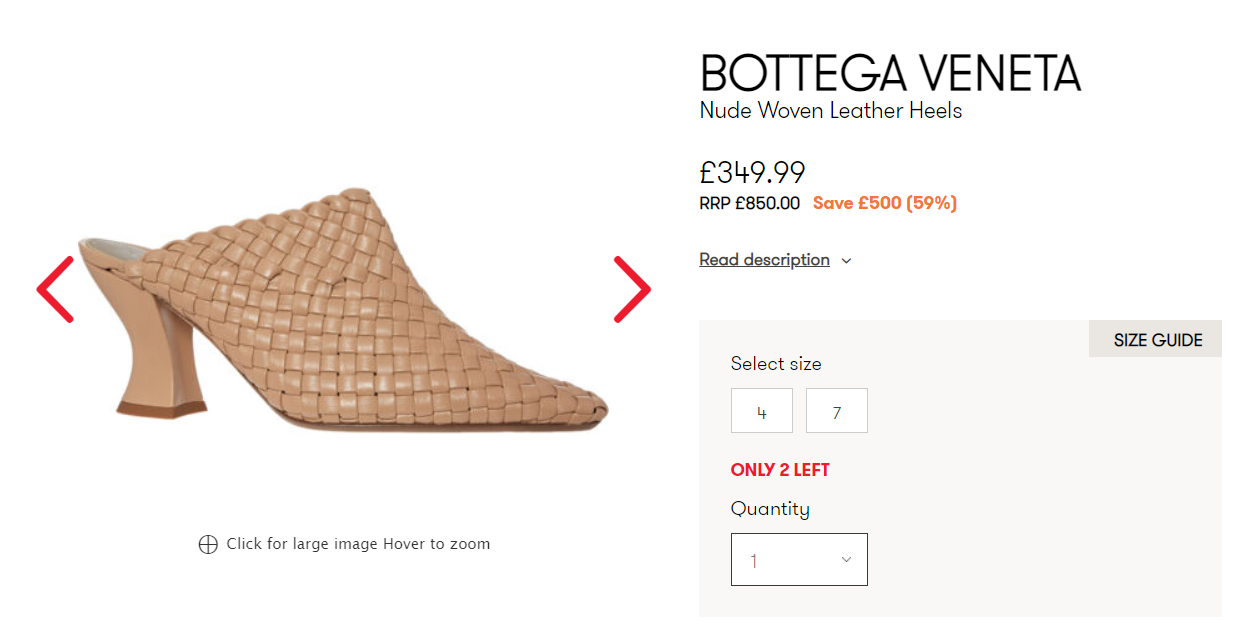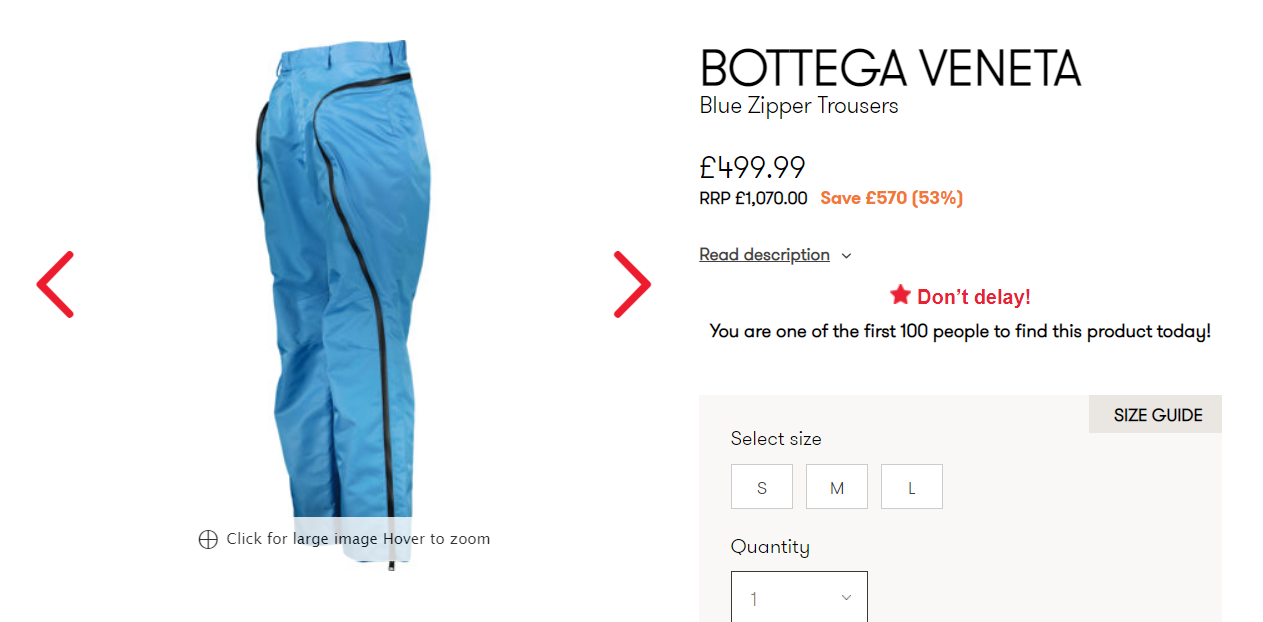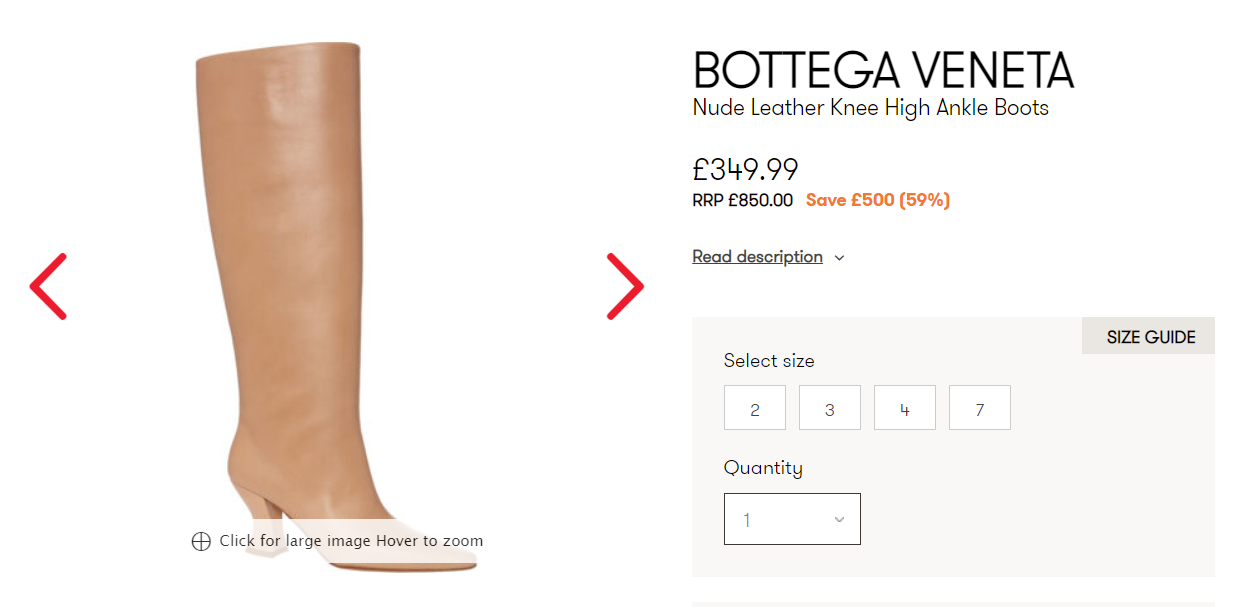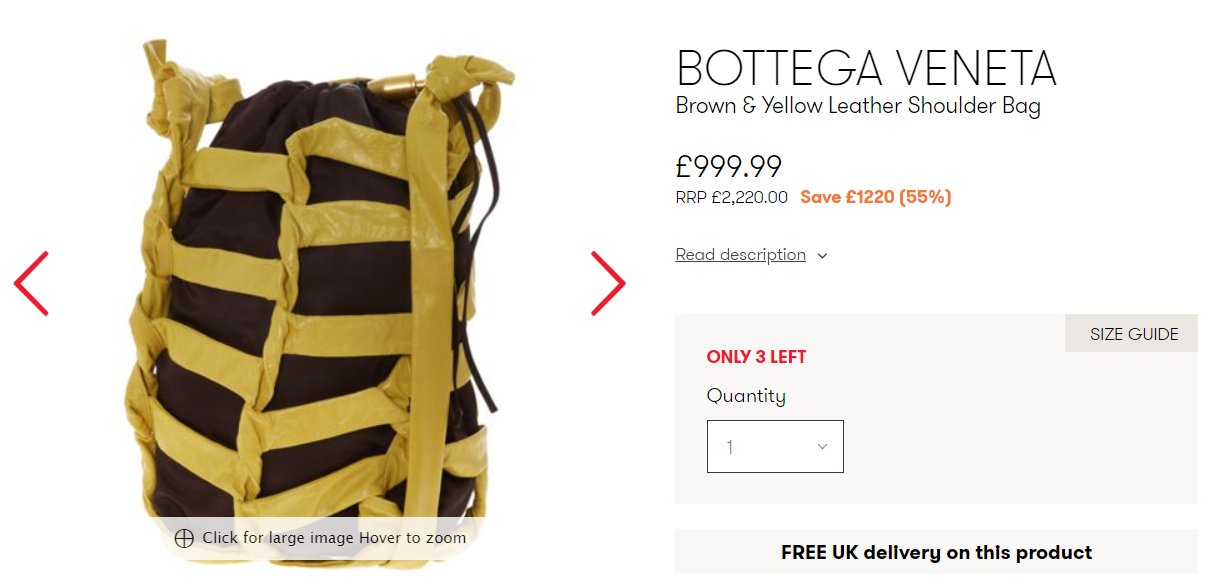
Bottega Veneta is selling off Daniel Lee's old collections End-of-year cleaning?
New year, new life. A cliché that for Bottega Veneta is very suitable for this December: with the sudden dismissal and fall from grace of the designer-star Daniel Lee, the brand is waiting for the new year to present to the world its new creative director, Matthieu Blazy who will bring a creative turning point awaited with a mixture of fear and enthusiasm from fashion insiders. Waiting for the January show, however, the brand has decided to get rid of all the unsold collections of Daniel Lee that filled its warehouses selling off an avalanche of products at bargain prices: about 167 different products, including RTW, shoes and accessories, have appeared on TK Maxx, one of the main British fashion outlets, with discounts ranging up to 79%. Something similar had happened at the exit of Raf Simons from Calvin Klein even if, considering how much the very high fashion brands such as Bottega Veneta are refractory to the idea of selling off their goods, risking to water down their brand equity and sometimes preferring to simply destroy the stock, this hasty eviction of Daniel Lee's old pieces feels somewhat personal, as if we were witnessing a divorce.
Beyond the brand's desire to get rid of the old collections as soon as possible, this episode highlights a problem that had been recurring during Lee's entire tenure: it is no secret that Bottega Veneta had some problems with sales in recent times – if shoes and accessories enjoyed a strong success, the entire ready-to-wear area often remained unsold. Among other things, scrolling on the outlet website reveals a huge discrepancy between the official retail price and that of outlet: a leather jacket sold off at 999 pounds had an original price of almost 5000 pounds; a braided leather keychain that now costs £129 used to cost £385; a £700 trench coat costed £1580. The list goes on. An overpricing problem that had emerged during one of the controversies that arose during the Lee era with the controversy surrounding the brand's jewelry, very expensive even if composed of materials such as resin and sterling silver, relatively cheap and that the lockdown and the very strict no discount policy have exacerbated leading to an effective slowdown in sales.
It is also true that the roll-out of the collections will make the transition from the Lee era to that of Blazy slightly more confusing: when the new brand identity is presented in January, during Milan Fashion Week, the old designer's collections will remain in stores for months, creating a momentary overlap that would be better to make it last as little as possible. The decision to get rid of so much inventory, therefore, perhaps represents an attempt to speed up this process – but we can at least praise the brand for not having secretly destroyed the stock but not having been afraid to sell it off. Of course, the decision to sell off was not public and is still linked to a designer who, evidently, the brand is trying to forget and make forget as soon as possible, but at least it was a wise choice.























































